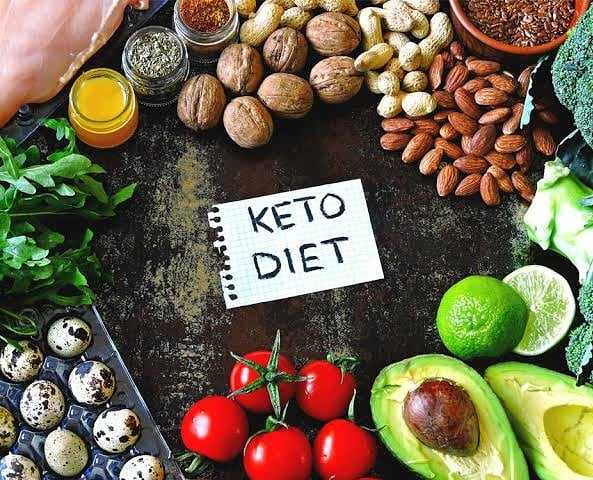"I don't judge people by the color of the skin, I judge people by the color of their teeth"
Watch Free video to learn about making your teeth whitening naturally without any chemically because "A SMILE IS A CURVE THAT SETS EVERYTHING STRAIGHT"
https://tinyurl.com/9cdrzzbv





















